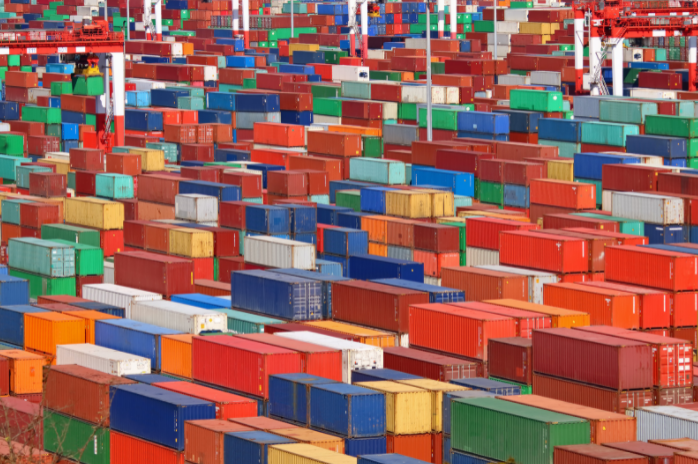Already-high input cost pressures will now intensify, driven by the fallout from the war in Ukraine. Nearly all multinationals need to perform comprehensive reviews of their supply chains to examine their exposure to Russia and CIS markets and to the huge variety of commodity inputs facing high upside price risk. Firms should also consider expanding their tools for managing cost pressures beyond existing strategies as supply chains come under even further strain.
Overview
Russia’s invasion of Ukraine has caused plummeting production and restricted transport for several commodities produced in abundance by Ukraine, including sunflower oil, neon gas, rapeseed, corn, barley, wheat, soybeans, and ferrous metals. In addition, the supply of many other commodities produced by Russia and Belarus are at risk due to sanctions, the potential for retaliatory export controls, and economic decline. These include potassic fertilizers, where Russia and Belarus account for a third of global production; palladium and platinum, precious metals essential for vehicle production and as industrial catalysts; and other base metals, including nickel, aluminum, copper, and cobalt. Prices for these commodities have already surged.
Our View
Supply disruption and rising prices across such a variety of commodities mean that the Russia-Ukraine crisis will affect every multinational business operating in every global market—regardless of involvement in the Russia/CIS region. In a global economy already beset by tight energy and commodity markets, supply chain snags, and strong inflationary pressures, the war in Ukraine will almost certainly lead to greater demand destruction and lower global GDP growth in 2022.
Several industries and markets are at particular risk. Ukraine’s outsized share of global agricultural production poses immense challenges for global food companies, who will need to reevaluate sources of inputs and product offerings in light of serious disruptions to vegetable oils and grains. In addition, several countries—particularly Turkey, North African markets, India, and China—now face serious risk of food supply disruptions and higher inflation due to their reliance on food imports from the region. The risk to supplies of potassic fertilizers threatens already-stretched fertilizer supply, adding to global food supply risks over the medium term.
The war in Ukraine will also further strain global semiconductor production due to supply shortfalls for several critical noble gases: neon, xenon, krypton, and C4F6. Ukraine accounts for a quarter of global supply; Russia and Ukraine together account for about half. Other production centers in China and the US will struggle to compensate for the shortfall. The disruption will almost certainly delay the recovery in global vehicle production caused by chip shortages and threatens global production of electronics.
Manufacturing activity across industries will come under strain, particularly in Europe. A major producer of machine tools and car parts, Ukraine is well-integrated into European car production supply chains. Potential disruption to supplies of base metals threatens a variety of production processes across many industries. Surging gas prices will further raise production costs across Europe.
Overall, the global economic impacts of the war in Ukraine are varied, immense, and difficult to quantify in light of the high degree of uncertainty amid unfolding events. However, developments thus far suggest the world economy faces lower growth, higher inflation, and greater production snags as a result of the conflict.
At FrontierView, our mission is to help our clients grow and win in their most important markets. We are excited to share that FiscalNote, a leading technology provider of global policy and market intelligence has acquired FrontierView. We will continue to cover issues and topics driving growth in your business, while fully leveraging FiscalNote’s portfolio within the global risk, ESG, and geopolitical advisory product suite.
Subscribe to our weekly newsletter The Lens published by our Global Economics and Scenarios team which highlights high-impact developments and trends for business professionals. For full access to our offerings, start your free trial today and download our complimentary mobile app, available on iOS and Android.

